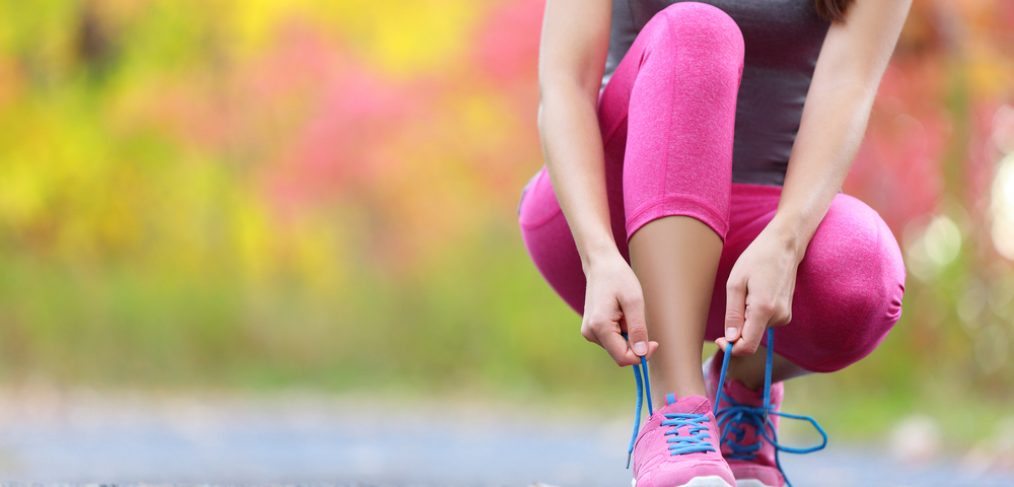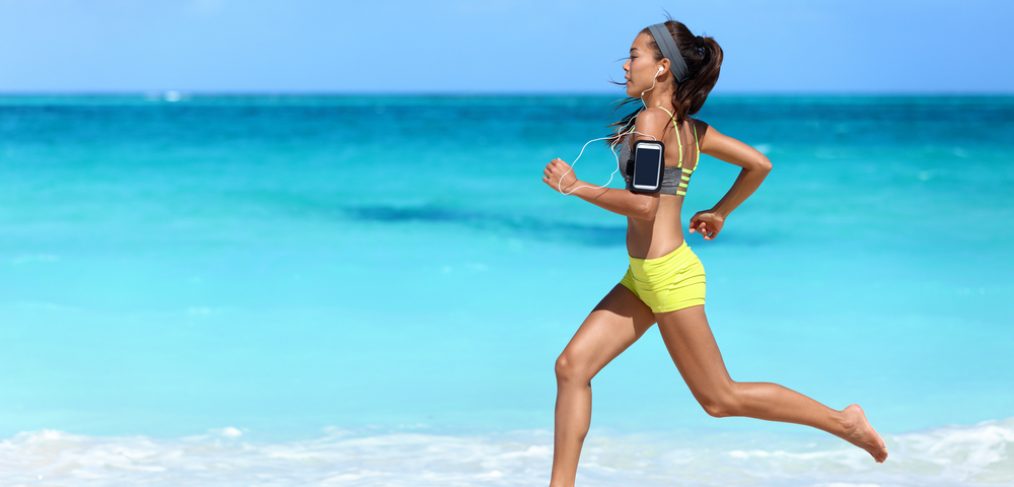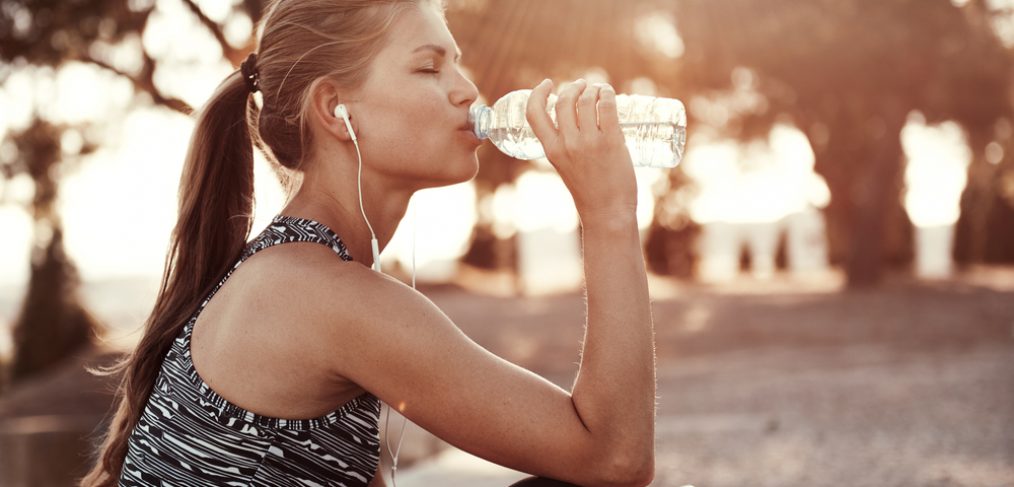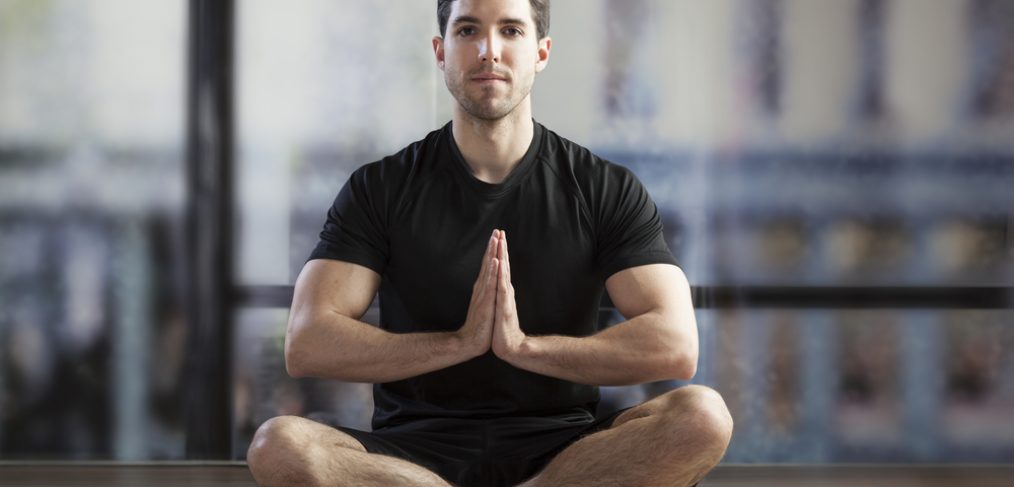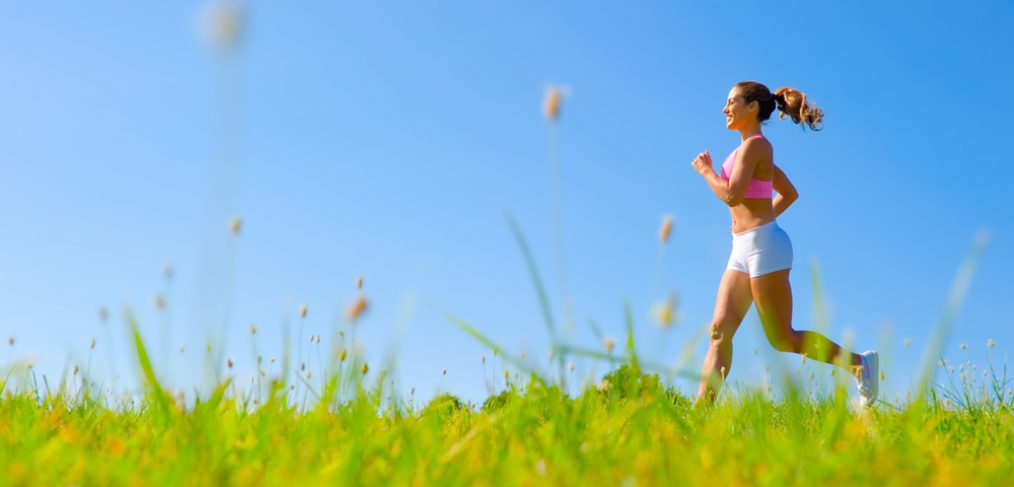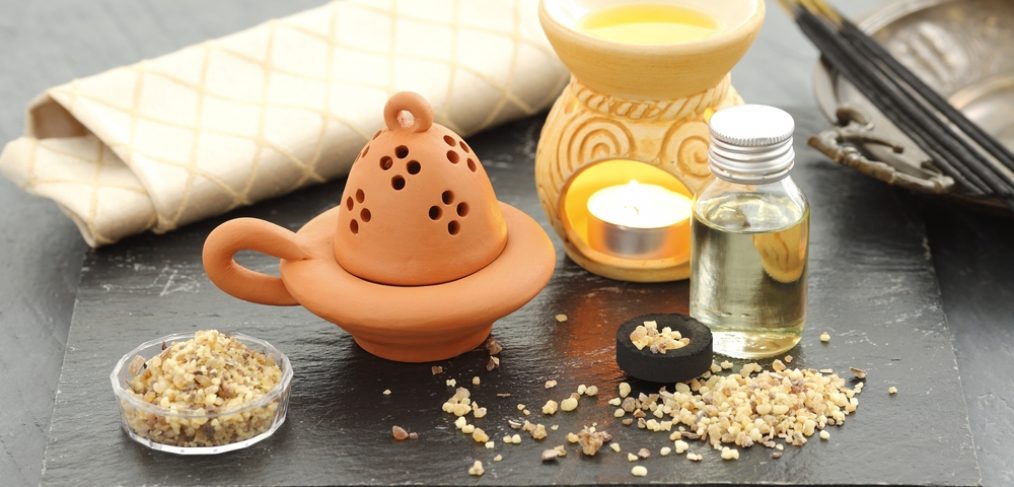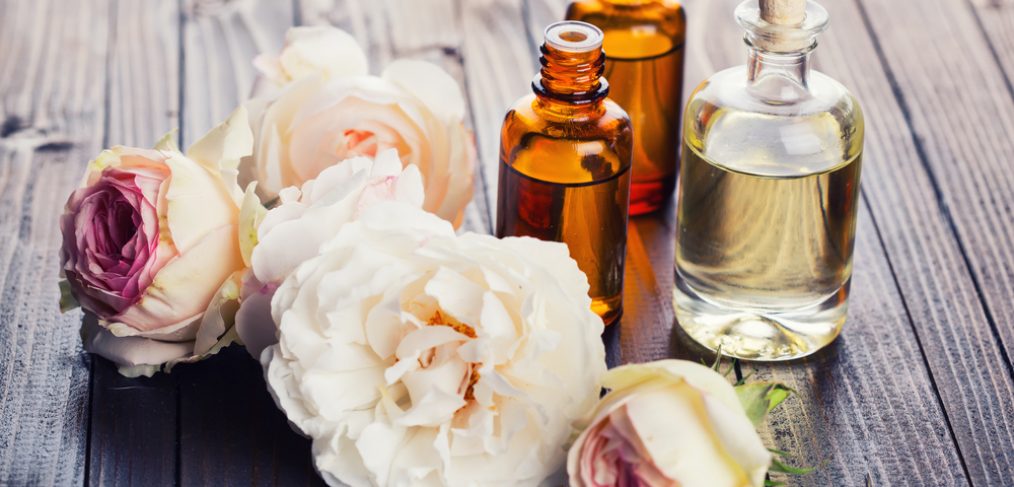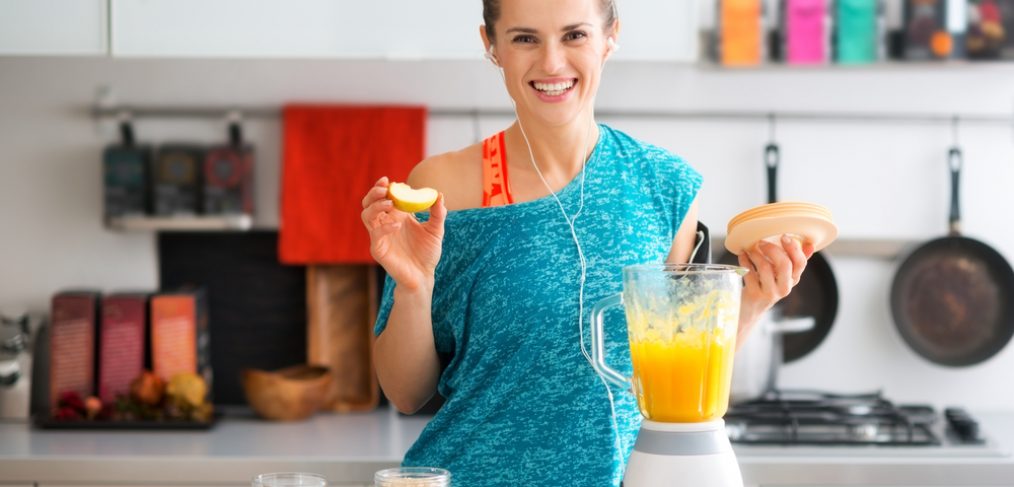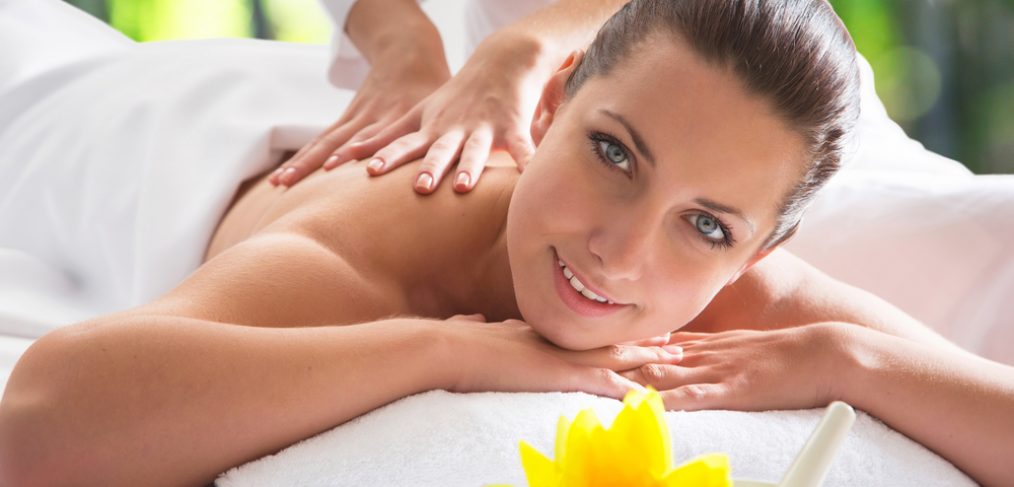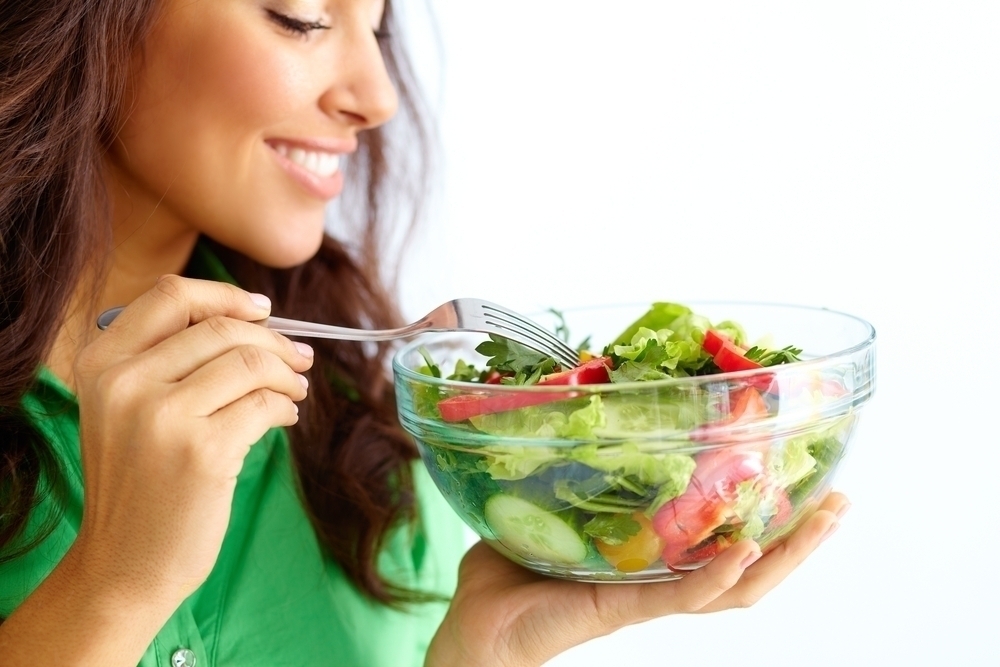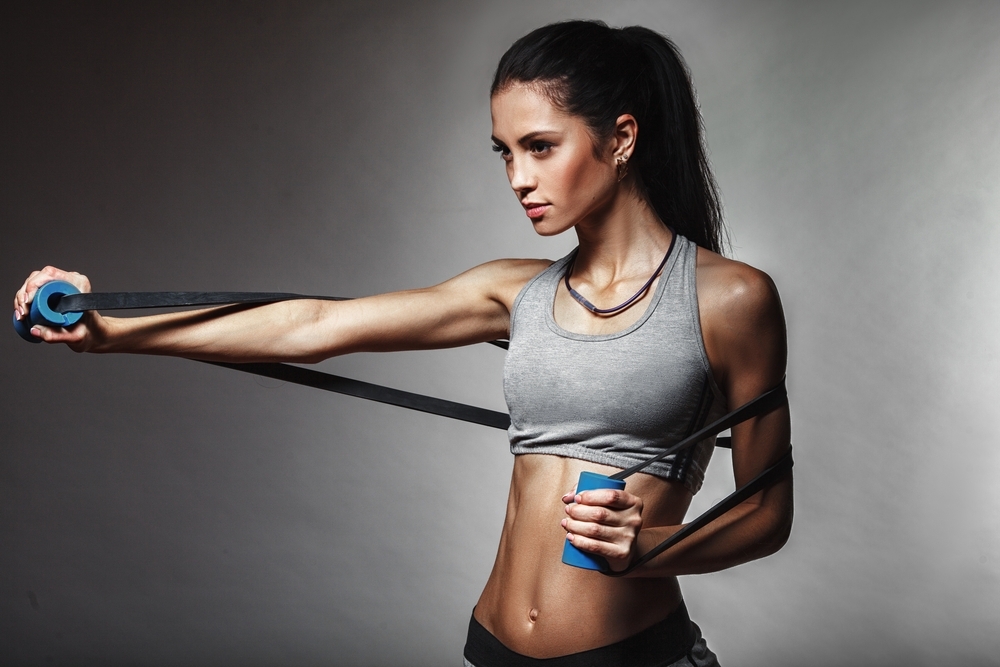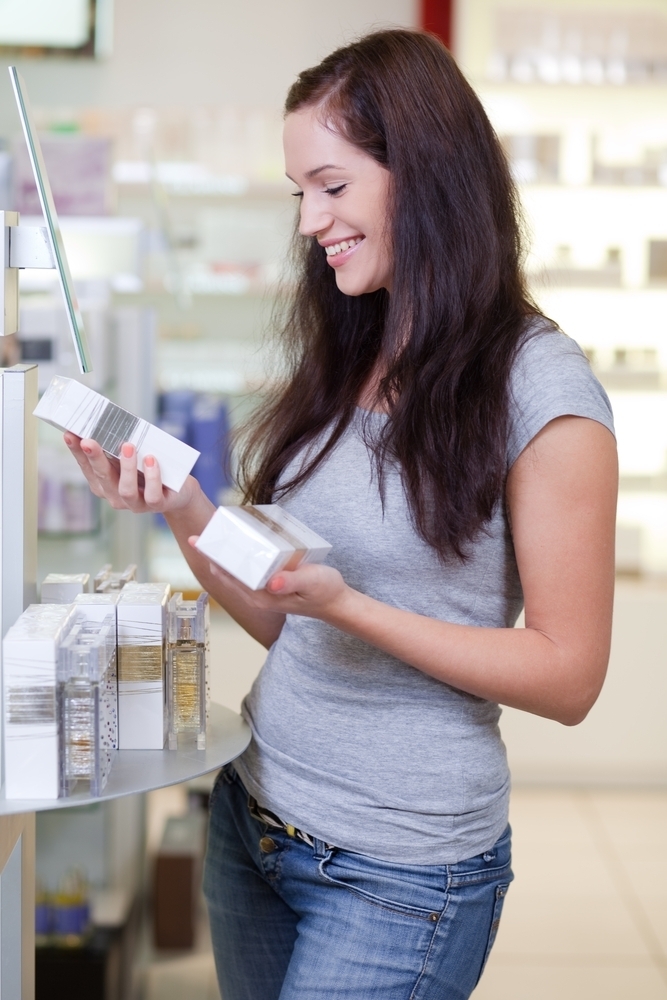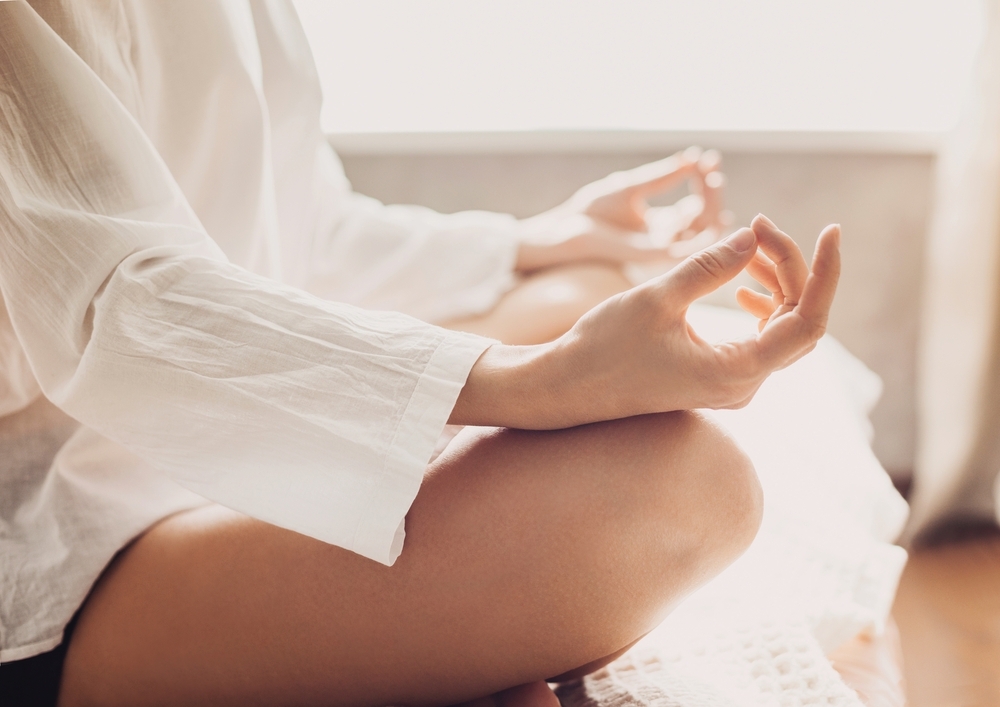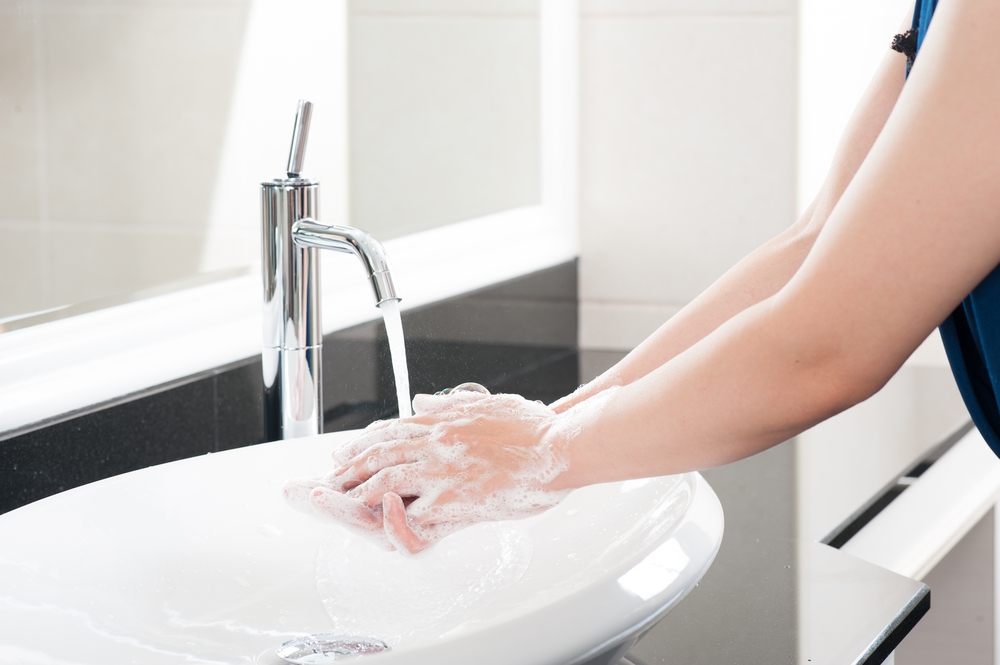Typically we use insoles to increase comfort or support. They can alleviate stress and pain in our bodies and joints. But now, thanks to the wonders of modern science and medicine, developers are upping the game in insole support as studies are being conducted on an insole that will electrically stimulate feet with random vibrations that can affect a person’s stride and increase stability. Find out more about how these insoles work and what it can mean for you or a loved one who may need more stability while walking.
The insoles work using a process called stochastic resonance, a method for amplifying weak signals by adding ‘white noise. Although the vibrations produced by the sole are imperceptible, they provide a signal upgrade to the sensitivity of the user’s sole which enables the user to walk with more stability. This was tested in a study in which participants wore the insoles and they were proven to improve balance. The study was published online in the May 2016 issue of the journal Medicine & Science in Sports & Exercise.
Daniel Miranda, the lead author of the new study and a Technology Development Fellow at the Wyss Institute at Harvard University in Boston explains how this could help elderly people. “Somebody who’s 65 or 70, who’s generally healthy, may have some sensory deficits due to the natural aging process.” Earlier studies explored how this technique might improve balance in elderly people and help them recover some of the sensitivity they had lost.
Miranda and his colleagues wondered how these insoles could help younger people as well. Another study was conducted in which updated technology made the actuators and sensors small enough so that they could be installed inside a thin, flexible insole which could fit comfortably inside a shoe. This allowed the effects of SR to be tested during more dynamic activities.
Subjects walked up an inclined treadmill as SR vibration was applied during different times of the task; as they warmed up, during the peak of exertion and after they were fatigued. The subjects had no way of knowing when the vibrations were being administered since the pulses were too gentle to feel. Therefore they could not consciously adjust the way they walked. Results found that there was a 10% improvement in a gait mechanism called step width which directly effects balance therefore improving balance and stability over all while walking.
The improved balance these insoles offer will ultimately keep people from getting hurt.



